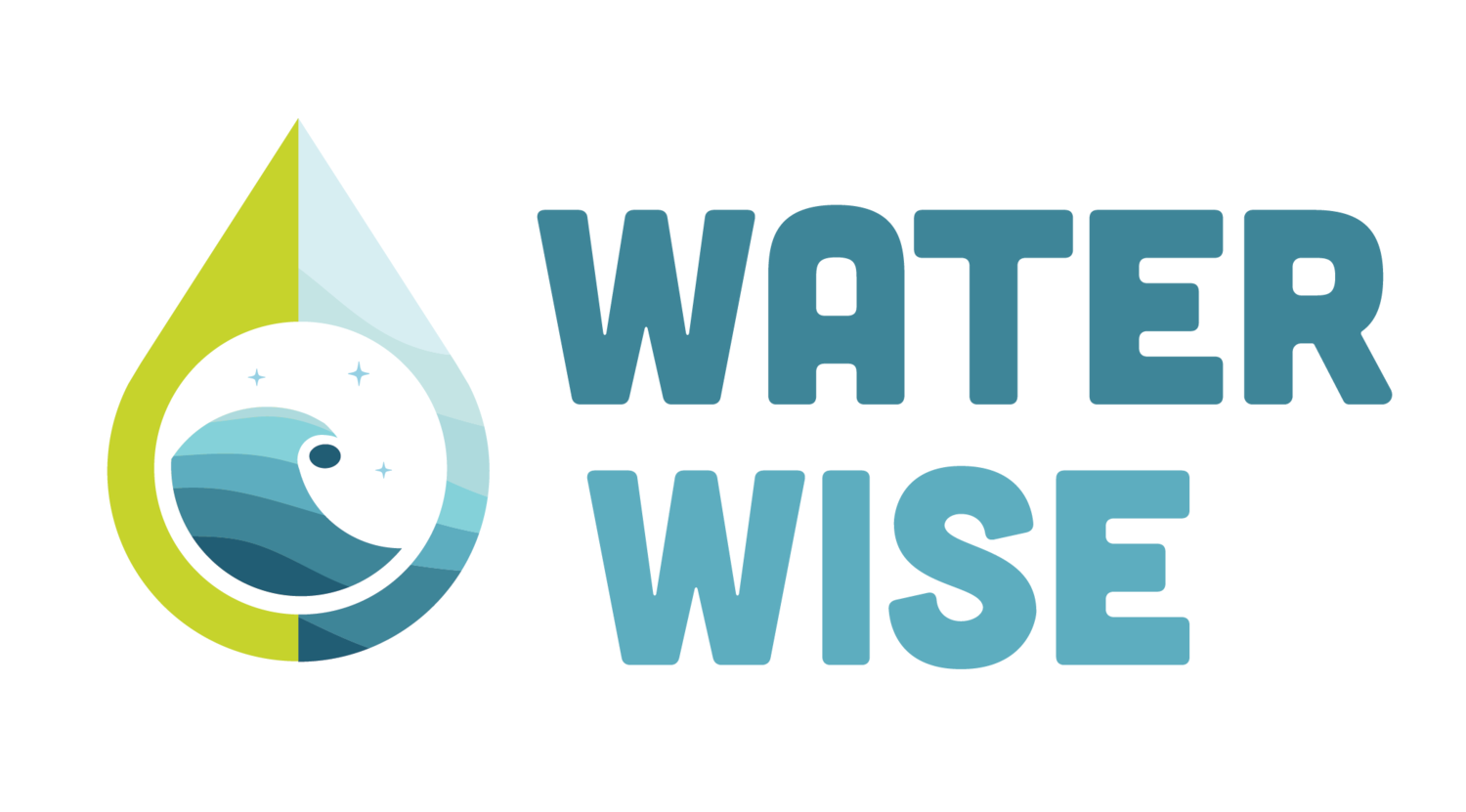Invasive Species
Invasive species destroy natural ecosystems of native species and can alter the directions of waterways directly affecting the livelihood of species and people who depend upon them.
Have you ever had zebra mussels clog your water intake pipes? Seen a Sea Lamprey, attached to a native fish Accidentally shifted an invasive species from one body of water to another? Wondered what you can do to help?
Invasive species are recognized as one of the most significant threats to the ecological health of the upper Great Lakes.
Invasive species are alien, have no natural predators, and often bring disease since they have no population control. Once they are introduced, they can propagate rapidly in their new environment and often become entrenched in the ecosystem, altering the delicate life-sustaining balance of that system.
Good thing we’ve got lots of people and organizations working on initiatives to protect our waterways. Here’s a look at one, right here in our region, with a focus on (you guessed it) Invasive Species.
Connect
The Invasive Species Centre (ISC)
Information Below Courtesy of Invasive Species Centre
About the Invasive Species Centre
Incorporated as a non-for-profit in 2011, the Invasive Species Centre is a hub for collaboration and knowledge sharing. The Centre is a respected partner and leader in invasive species science, education, and action. The ISC’s vision is a Canada where land and water are protected from invasive species. The ISC’s mission is to connect stakeholders, knowledge, and technology to prevent and reduce the spread of invasive species that harm Canada’s environment, economy, and society. Learn more about invasive species threatening Canada’s natural spaces by visiting www.invasivespeciescentre.ca and signing up to receive media and research updates, information on upcoming events, and our quarterly newsletter.
Learn about invasive species
Invasive species are considered one of Canada’s greatest threats to the survival of our wild animal and plant life. These species arrive, often accidentally, and establish in the absence of natural predators. As a result, invasive species kill, crowd out, and devastate native species and their ecosystems.
Invasive plants and animals not only threaten wildlife, woodlands, and waterways, but they also cost Canada billions of dollars in losses to forestry, agriculture, fisheries, and other industries affected by their impact.
Asian Carp Canada
Asian Carp Canada www.asiancarp.ca is a resource for information and news regarding Asian Carp developments in Canada. The site connects visitors to the most recent prevention technologies, early warning measures, response efforts, and the overall threat of Asian carps to the Great Lakes and beyond.
Invasive Mussels Pose Threat to Great Lakes Ecosystems
The quagga mussel population has grown to such a level that it could have devastating consequences for animals and humans alike. The Invasive Species Centre’s Sarah Rang spoke with CTV Your Morning to discuss the impact of these invasive mussels, what they are doing to our Great Lakes, and what we can do to help prevent their spread.
Take action through the ISC
What can people do to help?
1. Report a sighting
If you think you have seen an invasive species, reporting it is the first critical step toward detection and rapid response. Often, invasive species are initially discovered by citizens who are out on the land and water!
2. Citizen science
Do you want to help slow the spread of invasive species and reduce their environmental and economic impacts? If so, take action and become a citizen scientist. Citizen scientists are volunteers who receive expert training to identify, track, and control important invaders in priority areas.
3. Receive invasive species news right to your inbox!
Our e-mail list gives access to The Spread (quarterly newsletter with invasive species news and research updates), invitations to events and webinars, and our bi-weekly media, research, and events scan.
4. Follow us on social media
We actively post on all of our social media accounts with information that ranges from identifying invasive species to invasive species campaigns and events (such as Invasive Species Awareness Week), to new regulations and policies! Join the conversation! Sign-up today!
ALL WATERCRAFT USERS: BOAT, SUP, CANOE, KAYAK, SEA-DOO
It’s those pesky larvae that stick to our watercraft and get into the cracks, contributing to the spread of invasive mussels into other waterways.
If you missed today’s presentations about invasive species and aquatic habitats, find recorded versions by clicking here.






